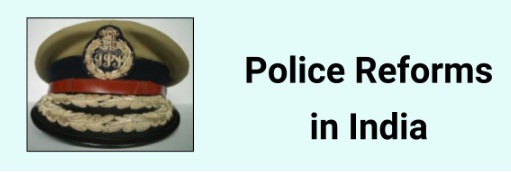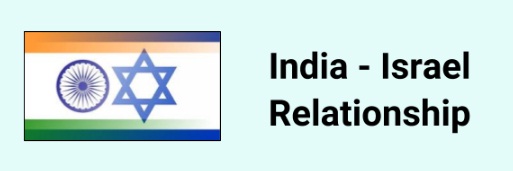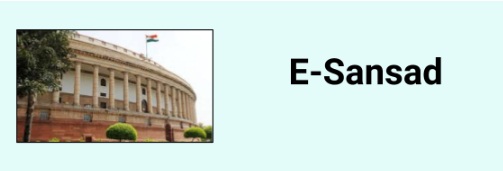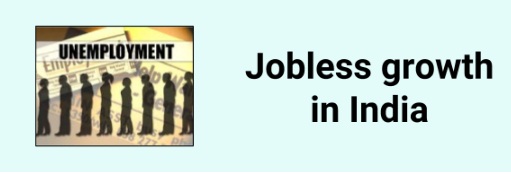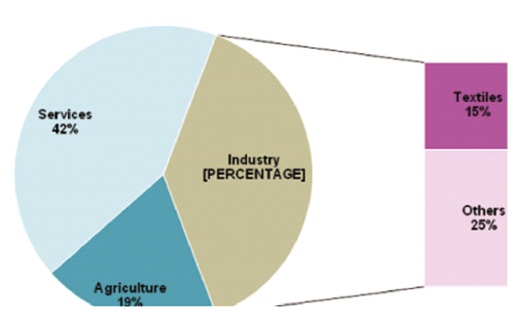
(The Gist of Kurukshetra) NMGC TO USE LATEST GEOSPATIAL
TECHNOLOGIES FOR NAMAMI GANGE PROGRAMME-JANUARY -2018
NMGC TO USE LATEST GEOSPATIAL TECHNOLOGIES FOR NAMAMI GANGE PROGRAMME
Ministry of water resources, river development and Ganga rejuvenation will
now make optimal use of latest geo-spatial technologies to rejuvenate river
Ganga. For this, National mission of Clean Ganga (NMCG), national remote sensing
centre and survey of India will work in an integrated manner to take all steps
to clean Ganga and execute it in a time-bound
manner.
National remote setting centre (NRSC), which is a part of Indian space research
organisation (ISRO) has been supporting NMCG to use geospatial technology for
water quality monitoring, hydrological monitoring and evaluation, geomorphologic
monitoring and evaluation, bio-resources monitoring and evaluation,
comprehensive geospatial database, develop mobile application for enabling
community participation and to co-ordinate necessary linkages with other
agencies. The support is aimed at achieving the objective of monitoring of
pollution in rive Ganga. NMCG also strives to achieve GIS mapping of the entire
Ganga river basin for effective execution and decision-making.
Some of the tasks enlisted by NRSC as part of support of NMCG are generation
of comprehensive GIS database, water quality assessment using satellite data of
main Ganga from Kannauj to Varanasi, real time water equality data
visualization, high quality multispectral satellite image, aerial topographical
survey, urban sprawl change mapping, non-point source pollution assessment etc.
A holistic approach is being adopted by NMCG to keep river Ganga clean pollution
assessment etc. A holistic approach is being adopted by NMCG to
keep river Ganga clean by identifying five km. stretches from the edge of the
bank/ flood plain to the nearest main road for a comprehensive planning
approach.

